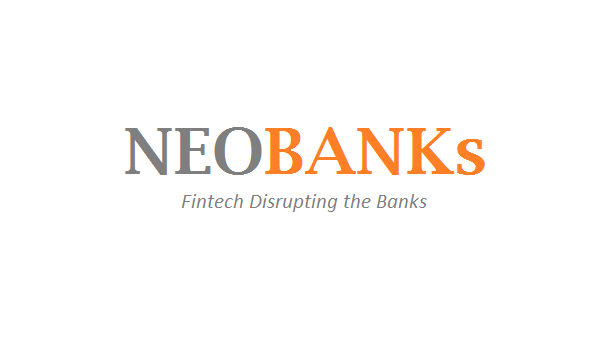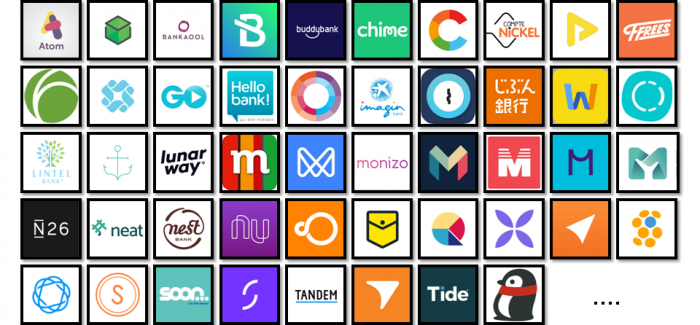
Innovation, technological disruption and wave of digital transformation have hit the banking and financial industry very severely after a decade old financial crisis.
According to Gartner by 2030, 80% of heritage financial services firms will go out of business, become commoditized or exist only formally but not competing effectively.
The analyst says these firms will struggle for relevance as global digital platforms, Fintech companies and other nontraditional players gain greater market share, using technology to change the economics and business models of the industry.
David Furlonger, vice president and distinguished analyst at Gartner said banks face a growing risk of failure if they continue to maintain 20th-century business and operating models.
“Digital transformation is largely a myth as institutional mindsets, processes and structures stand firm,” said Furlonger. “Established financial services providers will have to move faster on digital business by building digital platforms or finding niche products and services to sell on others’ platforms.”
Fintech in the form of NeoBanks or Challenger Banks have finally arrived and very well accepted by the banking customers. Neo Banks outshine contemporaries. Currently alternative wave of unconventional banks are at it again and they say they have cultivated from their omission of the wannabe banks that attempted and failed. Some successful attempts are:
- Chime, which has 100 employees in downtown San Francisco, makes money by collecting a fee from Visa every time its customers use Chime’s debit card to make a payment. The company has received $105 million in investments from venture capital firms.
- Varo, a San Francisco start-up is offering fee-free checking accounts without any minimum balances.
- Wells Fargo is testing an app-based banking product, Greenhouse that does away with overdraft fees and service fees.
- JPMorgan Chase already offers an app, Finn, aimed at younger customers and announced last month that it was building a new fintech campus in Silicon Valley.
- Goldman took its first step with an online lending product called Marcus. It has combined that with an online savings account that is offering customers 2.05% for deposits and executives have signaled that they plan to expand to a full-service online bank.
- Acorn, which attracted four million customers to its investing app, is about to start offering its customers a debit card to spend their money.
- SoFi, originally an online lender, has added a bank account offering this year.
- Square, which began processing payments for merchants, has created what amounts to a bank account with its Square Cash app and associated debit card. It started allowing customers to deposit their paychecks into the account this year.
- Empower that commenced its premiere fee free online checking accounts with lots of digital bells and whistles in October.• Fast-growing online banks in UK like Monzo and Revolut want to move into the United States.
 Neo-banks are digital-only banks that don’t have physical branches and rely on legacy operating systems. They’re not just the digital front of a traditional bank. Neobanks share a few characteristics:
Neo-banks are digital-only banks that don’t have physical branches and rely on legacy operating systems. They’re not just the digital front of a traditional bank. Neobanks share a few characteristics:
- A fast, simple, digital-first customer experience that eliminates the branch office entirely.
- Low cost structure minimizing fees consumers notice (and hate), like overdraft and monthly fees. In exchange, Neobank customers generally don’t earn interest on their deposits.
- Budgeting and saving tools built into the account, which consumers can use to automate better financial habits.
Neobanks appeal most to younger, lower-income millennial learning to budget and save. For now, these consumers are fine with neobanks’ limited account types — most offer only checking or savings accounts, with no lending or other bank services.
Most of the new companies have kept their money and run transactions through partner banks, generally smaller regional banks that don’t have the money or the expertise to build out their own digital services.
As the gig economy keeps growing, however, neobanks are expanding their offerings to address small business needs, too.
The new financial outfits are trying to replace the old, branch-based way of banking with a mobile phone-friendly account that does away with the fees that have made banking giants so unpopular.
Venture capitalists are pouring funds into these neobanks or challenger banks. In 2018 so far, American neobanks have gotten four times as much funding as they did last year, and 10 times as much funding as they did in 2015.
There are smaller local neobanks emerging, but the ones that are poised to make the most impact are the big tech behemoths Google, Apple, Facebook, and Amazon (GAFA).
• 2007 – Amazon launched Amazon Pay
• 2015 – Google launched Google Pay
• 2015 – Apple launched Apple Pay
• 2015 – Facebook debuted Messenger Payments.
And it’s not only payment services on offer. Amazon Lending started offering business loans in 2012. Amazon Protect has been offering product insurance since 2016.
There’s also a burgeoning number of local fintechs offering, in particular, small business loans. China’s BAT (Baidu, Alibaba and Tencent) tech companies have had huge success providing digital banking services to Chinese citizens both at home and abroad in countries including Australia. This suggests their American GAFA counterparts could launch a devastating assault on banks in Western nations, should they choose to.

Comments